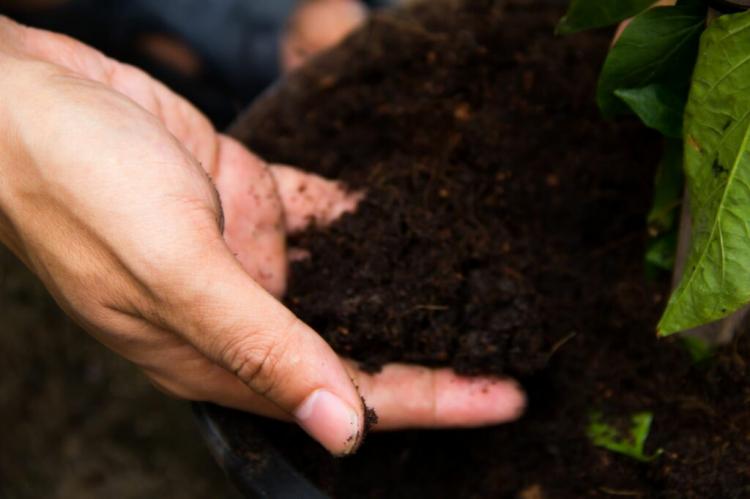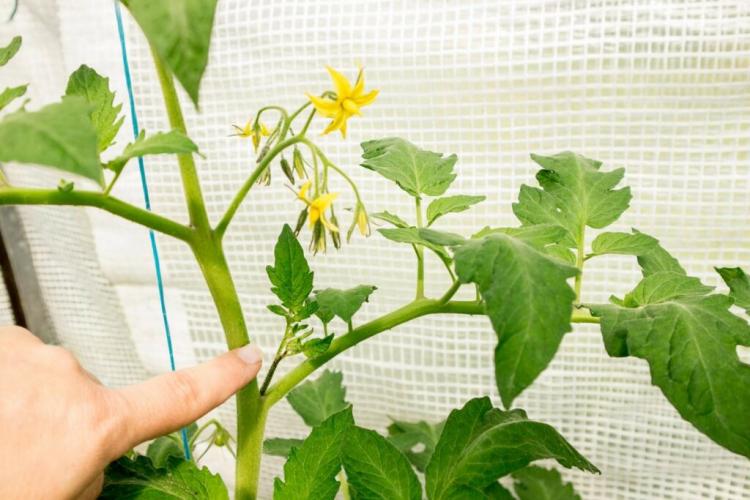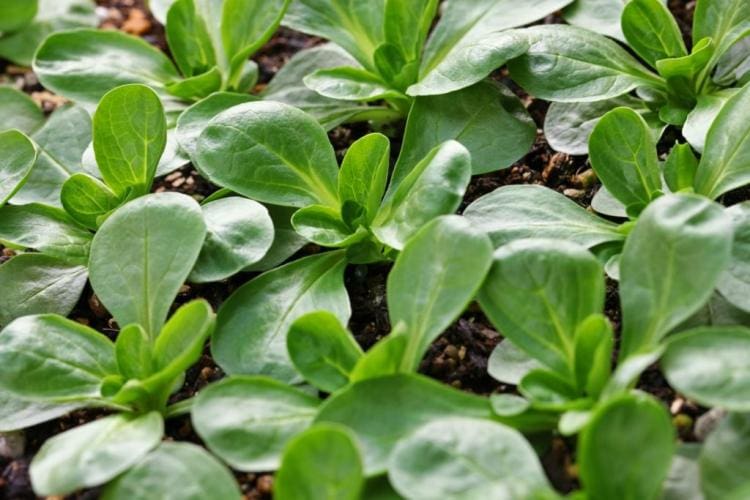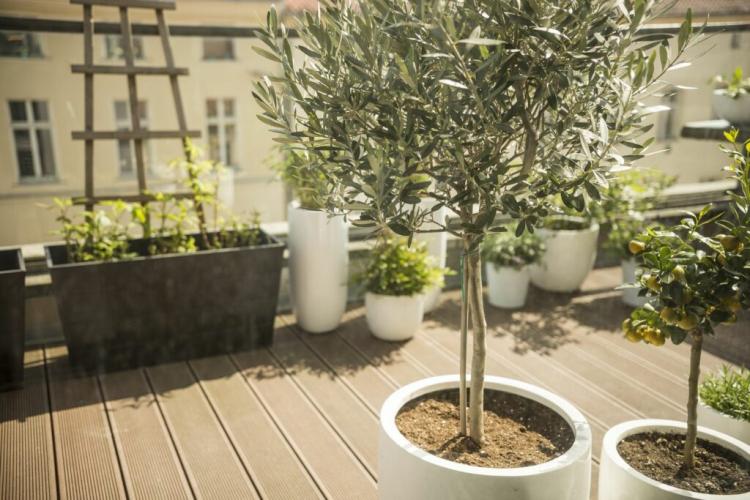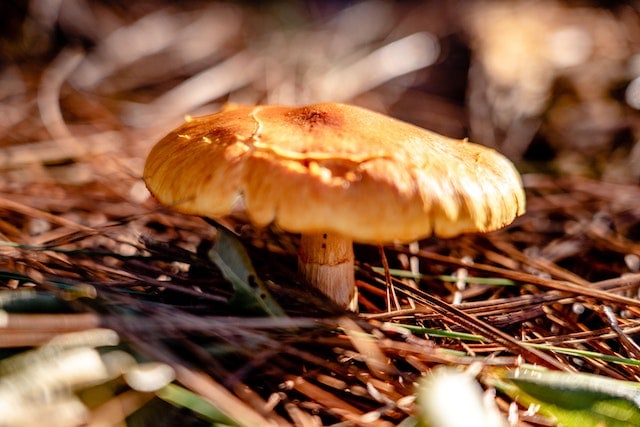Fertilizing Grapevines: Instructions & Expert Tips
Not only do grapevines make delicious grapes, but they are also decorative. Here you can find out everything you need to know about when, how, and with what to fertilize wine.
The grapevine ( Vitis vinifera ) is one of the oldest cultivated plants in the world and was already of great importance in ancient times. For a long time, wine could only be grown in mild regions. In the meantime, however, there are modern varieties that fruit reliably and produce sweet grapes even in cooler regions. For your grapevine to stay healthy and produce a great harvest, it needs to be well looked after. Annual pruning and regular fertilization are essential for this.
The grapevine can grow very quickly and profusely. After the annual pruning, you should therefore provide them with sufficient nutrients. But when, how, and with what is the best fertilizer for the grapevine? In this article, we will get to the bottom of these questions.
When in the year fertilize the vines?
Table of Contents
New vines can be planted in late autumn or spring (April). Here you can start fertilizing for the first time. You should enrich poor soils with compost or manure beforehand. After planting, you can also apply some organic fertilizer in granulate forms to the soil. This provides the plant with sufficient nutrients in the initial phase.

After basic fertilization in spring, the second application of fertilizer is recommended at the time of flowering and fruiting (end of June). The last fertilization should be done three to four weeks before the harvest in autumn. A sufficient supply of nutrients (especially potassium) helps to ripen in this phase and reduces frost damage. It is best to use organic long-term fertilizers. This is particularly gentle on plants, soil, and animals in the garden.
Summary: When in the year should the vines fertilize?
- Work compost or manure into the soil before planting
- Basic fertilization in spring (end of April) with organic slow-release fertilizer
- The second application of fertilizer for flower and fruit formation (end of June)
- Last fertilization before harvest (August / September)
Grapevine fertilizer: how and with what fertilize grapevines?
Grapevines can be fertilized in some ways. You can find more about the individual procedures and our recommendations below.
Organically fertilize grapevines: instructions
From a scientific as well as especially from a sustainable point of view, it is advisable to use organic long-term fertilizers in organic quality in your own garden. These also offer many advantages when fertilizing grapevines, for example:
- Long-term supply of nutrients to the grapevine through slow decomposition by microorganisms in the soil
- Stimulation of biological activity in the soil (good for microorganisms, earthworms, and the like)
- By not using chemicals, it is particularly gentle on people, pets, and garden animals
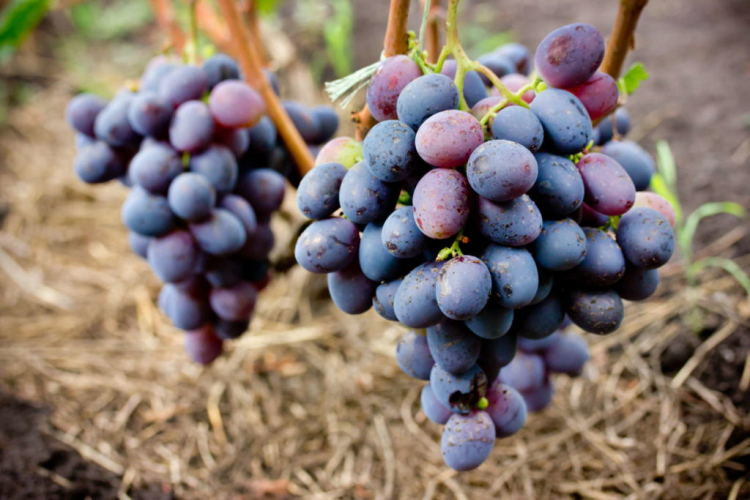
Organic universal fertilizer consists predominantly of purely organic, plant-based raw materials and offers an ideal nutrient composition to supply your grapevine. Sufficient nitrogen promotes growth and leaf formation. A high proportion of potassium and phosphorus also optimally supports your plant in flower and fruit formation. We have prepared detailed instructions for you to ensure that you supply your grapevine with the right amount of nutrients:
Long-term organic fertilization: Instructions and dosage levels for grapevines
- Before planting: work 70 – 100 g per plant of organic universal fertilizer into the upper soil layers
- Water freshly planted plants well so that the granules can dissolve
- After 2 months you should fertilize 50 – 80 g per plant
- A little fertilization, about 3 to 4 weeks before harvest, gives the grapevine optimal support
Fertilize grapevines with minerals
Blue grain, liquid fertilizers, and the like are easily soluble and can be absorbed directly by the plant. Since these mineral fertilizers provide a certain basic supply for the plant, they are often used in the garden. However, if used improperly, the high salt concentrations in the fertilizers can burn the roots. In addition, the salts can be washed out into deeper soil layers and lead to increased nitrate values in the groundwater there. In contrast, organic fertilizers are slowly broken down by microorganisms in the soil and thus supply the plant with nutrients over a longer period of time. We, therefore, recommend using long-term organic fertilizers.
Fertilize grapevines with home remedies: nettle manure
During the bloom and fruit formation, you can also fertilize with vegetable manure from nettle or comfrey. You can also easily apply these yourself. Before use, however, they should be diluted with water in a ratio of 1:10 to prevent burns on the plant. In dry areas, it is also advisable to apply a layer of mulch made from grass clippings. This helps to keep the moisture in the soil better, suppress weeds, and, through the constant decomposition, improves the soil structure over the long term.
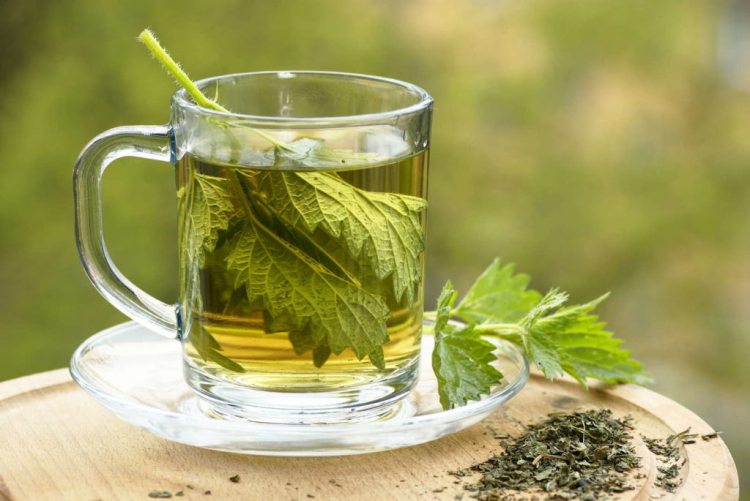
In addition, something that occurs in almost every household is dried coffee grounds for fertilization. You can sprinkle the actual waste product on the floor and work it in easily. The organic material is slowly decomposed and provides your vines with additional nutrients. However, you should not fertilize with coffee grounds too often, because, in the long run, this lowers the pH value of the soil into the acidic range.


